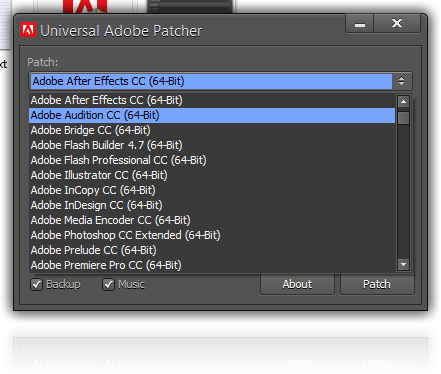

Easy to manipulate in an image editing program.Take note: DPI refers to the print output, while PPI refers to the data input of the image. I know what you’re thinking, “what the heck is the difference anyway”? They both define the general resolution of images but in very different worlds – digital and print! Many people use the terms interchangeably, but it’s important to understand the differences. But what do those abbreviations even mean? DPI stands for “dots per inch” while PPI stands for “pixels per inch.” Now that you’ve got an understanding of how raster and vector graphics differ, let’s dive into resolution because it’s just as important! Chances are you’ve heard a designer talk about DPIor PPI. > Now’s the time to make sure you have a vector version of your company graphics! It can be scaled in any way and still always remain crisp and clear! This is the reason that vector art is ideal for printing. The beauty of vector images is that they can be as small as a penny or as big as a wall mural. Because of this, you can export out to other formats (like. Your vector image is usually your master file when creating your art. Instead, vectors are created using formulas and are perfect for graphics that are being resized. Popular raster formats: TIFF, PNG, JPEG & GIF

This can get really messy, so be careful not to compromise your quality! Raster images are used for photos, digital art, and web graphics.
ADOBE UNIVERSAL FILE TYPE PHOTO READER SOFTWARE
When you’re enlarging a photo, you’re actually stretching the pixels and your software is basically filling in the image data based on the surrounding pixels. These images exist at only one size so things like scaling can reduce the quality of your images. Raster images are made up of pixels and each pixel is assigned a color. Rasterįirst, let’s talk about the difference between raster and vector images.

However, there are an abundance of other file formats that are worth looking into if you want to leverage your image handling. jpg extensions as they are the most common. When working in the marketing world, it’s likely that you’re going to be handling images or graphical elements in one form or another, so it’s important to understand how the file formats differ.


 0 kommentar(er)
0 kommentar(er)
